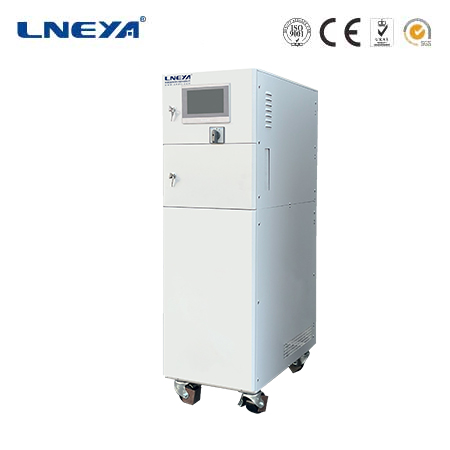chiller range
Understanding the Chiller Range
The chiller range encompasses a variety of cooling systems that are crucial for temperature control in numerous industrial applications. Chillers, also known as cooling units or Water cooler, are machines that reduce environmental temperatures through a refrigeration cycle, utilizing compressors, condensers, evaporators, and expansion valves.

Types and Applications of Chillers
Chillers can be classified based on their cooling capacity, which is measured in tons or kilowatts (kW). A 20-ton chiller, for example, has a cooling capacity of approximately 240,000 BTU/hr. Chillers are used in a wide range of applications, including:
Air Conditioning: Chillers provide cooling for commercial buildings, malls, hotels, and other large spaces.
Industrial Processes: They maintain precise temperatures in processes such as plastic injection molding, food processing, and pharmaceutical manufacturing.
Semiconductor Cooling: Chillers are vital in the semiconductor industry for temperature simulation testing of components, chips, and other sensitive electronics.

Market Presence and Technological Advancements
The global market for chillers has seen significant growth, particularly in the semiconductor sector. Companies like Techist, Solid State Cooling Systems, LNEYA, and BV Thermal Systems are key players in this market, offering a range of chillers tailored to specific industry needs. Technological advancements have led to more energy-efficient and environmentally friendly chillers, with a focus on reducing energy consumption and environmental impact.
Industry Standards and Efficiency
Industry standards for chillers include efficiency metrics such as the Coefficient of Performance (COP) and Energy Efficiency Ratio (EER). These standards ensure that chillers operate at optimal levels, minimizing energy use and maximizing cooling output. The national standard also provide guidelines for calculating the cooling capacity and energy consumption of chillers, which help in selecting the most efficient models for specific applications.

Evolution of Chiller Technology
Chiller technology has evolved to meet the diverse temperature control needs of various industries. Modern chillers are designed to be more reliable, customizable, and energy-efficient. Features like PID control algorithms, adaptive temperature control, and touchscreen operation have become standard, offering users precise control over temperature and improved system management.
Conclusion
The chiller range is a critical aspect of industrial temperature control, with a wide variety of chillers available to suit different applications. As technology advances, the chiller range continues to expand, offering more efficient and environmentally friendly options for industries worldwide. Understanding the different types, applications, and technological advancements in chillers is essential for selecting the right cooling system for any given application.
Related recommendations
circulation chiller
25Circulation ChillersCirculation chillers are integral components in systems where maintaining a controlled and cool temperature of a circulating fluid is of utmost importance. They are designed t...
View detailschiller system working
170Understanding the Working of Chiller Systems Chiller systems are an essential part of modern heating, ventilation, and air conditioning (HVAC) infrastructure, providing cooling to commercial bu...
View detailsglycol unit cooler
184Glycol Unit Coolers: Efficient Cooling for Glycol Mixtures Introduction Glycol unit coolers are specialized refrigeration units designed to cool glycol mixtures, which are commonly used in i...
View detailswater cooled liquid chiller
156Water Cooled Liquid Chiller: High Efficiency Cooling for Diverse Applications Water cooled liquid chillers are critical components in various industrial and commercial settings, providing preci...
View details
 LNEYA Thermal Test Chillers
LNEYA Thermal Test Chillers






HelloPlease log in